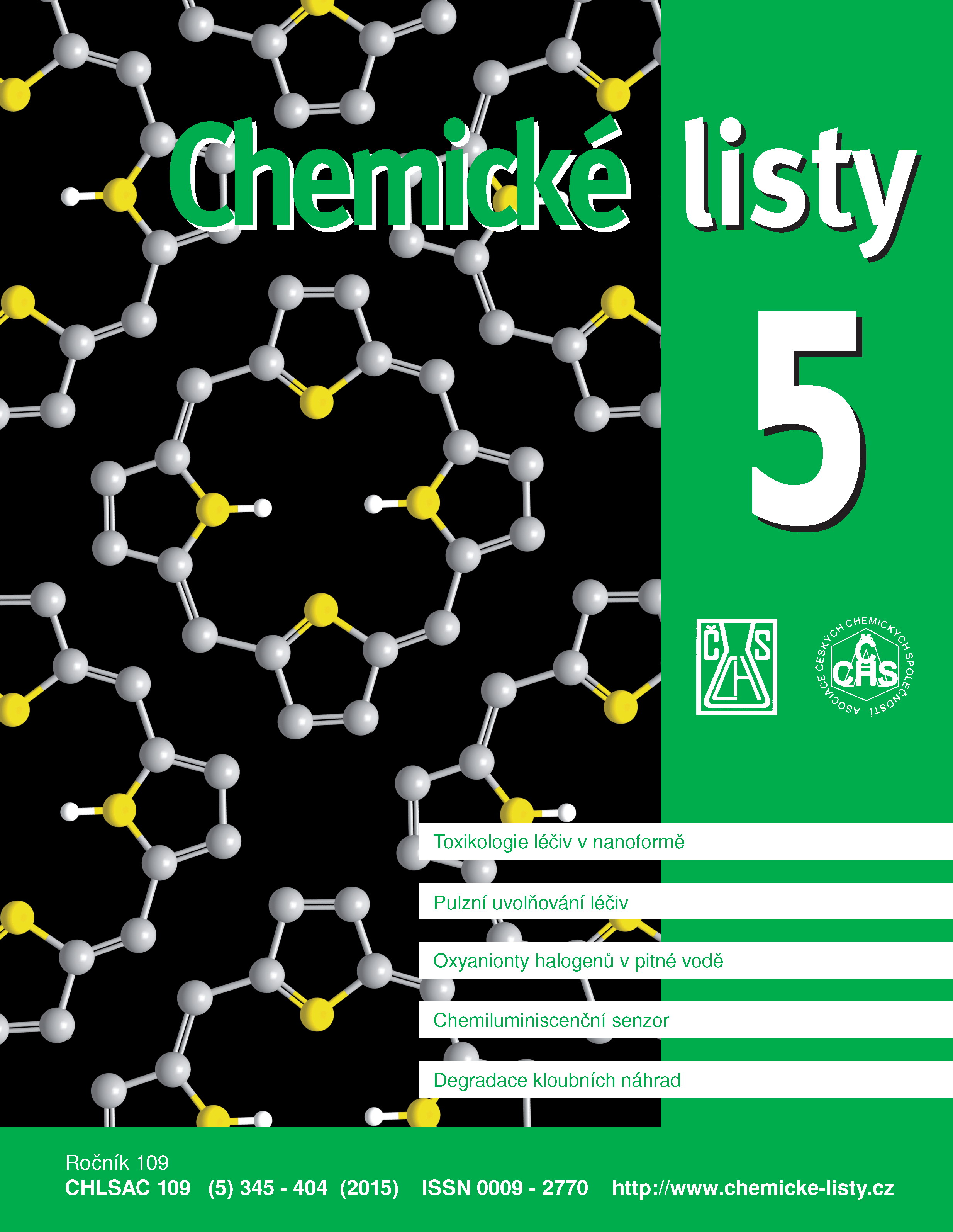Microscopic Analysis of Oxidative Degradation of Polyethylene Components of Total Joint Replacements
Keywords:
ultrahigh-molecular-weight polyethylene, total joint replacements, oxidative degradation, infrared microscopy, microhardnessAbstract
Ultrahigh-molecular-weight polyethylene (UHMWPE) has been used as a liner in total joint replacements (TJR) since the 1970's. One of the main lifetime-limiting factors of contemporary TJRs is the long-term oxidative stability of UHMWPE, as the oxidative degradation results in chain scissions and deterioration of mechanical properties, including the most important one – wear resistance. In order to maximize the oxidation and wear resistance of UHMWPE components, the manufacturers apply various procedures, such as crosslinking by ionizing radiation, thermal treatment and stabilization. Almost each manufacturer uses its own UHMWPE modification procedure and there is a number of different types of UHMWPEs on the market. Clinical practice stressed the need for an objective comparison of different UHMWPE types and the influence of oxidative damage on the lifetime of TJR. Due to the small size and irregular shape of UHMWPE components and inhomogeneous nature of oxidative degradation in vivo, their properties should be studied by microscopic methods. We tested the sensitivity and accuracy of two microscopic methods – infrared microscopy (IR) and microhardness (MH) measurements supplemented by DSC in relation to UHMWPE characteristics. The methods help to analyze reasons for TJR failures, to detect differences in molecular and supramolecular structures and properties of various UHMWPE types, and to characterize aging of various UHMWPE components in vitro.





